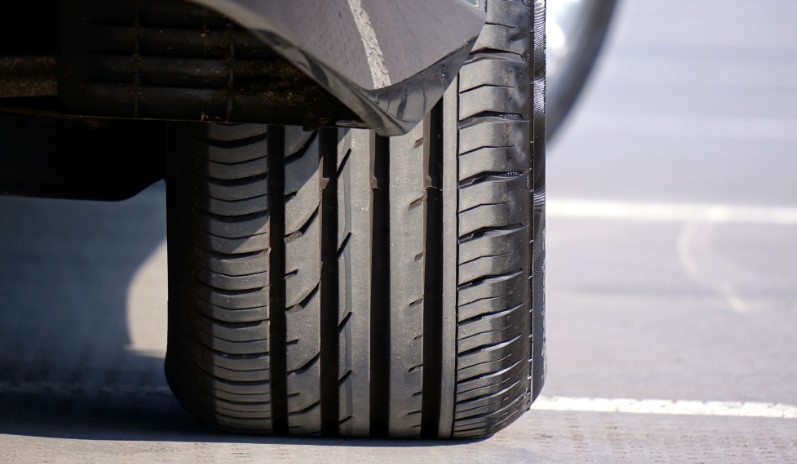Recycled concrete aggregate RCA
Contents |
[edit] Introduction
Recycled concrete aggregate (RCA also known as recycled crushed aggregate) can be made using waste from quarries and other substances, but researchers have also developed a technique that combines building material waste with used tyres to produce an innovative form of RCA that can be used to construct roads.
[edit] Construction waste
Construction activities can generate large amounts of waste materials that then need to be disposed of. In addition, at the end of a building's life, it may be deconstructed or demolished, generating significant amounts of waste. Increasingly, there are options available in terms of reusing and recycling materials, but despite this, a large amount of construction waste is still disposed of in landfills. According to data from Technology Strategy Board (now known as Innovate UK), 32% of landfill waste comes from the construction and demolition of buildings. Globally that estimate is even higher.
[edit] Rubber
Estimates suggest there are nearly one billion scrap tyres generated per year as of 2020. Rubber from tyres is can be recycled, for example to make flooring. Rubber is highly elastic and durable and is corrosion resistant. It remains flexible in a wide range of temperatures, is water resistant, an electrical and thermal insulator, and is able to absorb movement and vibration.
[edit] Waste and rubber
In 2020, researchers at Royal Melbourne Institute of Technology (RMIT University) in Melbourne, Australia announced they had developed a material from a combination of these substances that would be suitable and safe for use as a base layer under flexible roads that consist of materials applied in layers. These layers generally include a subgrade, base, subbase and top.
While construction waste material can be used on its own, the addition of waste rubber has delivered promising test results. Lab testing has found the combination of 0.5 percent fine crumb rubber to 99.5 percent RCA to be the most promising in terms of cohesion and strength. The material - which exhibits promising deformation and dynamic properties - has also been tested for stress, shear behaviour, acid and water resistance and durability necessary for road traffic.
Plastic waste has also been suggested as a suitable substance for new roads and repairs.
[edit] Related articles on Designing Buildings Wiki
Featured articles and news
The UK's Modern Industrial Strategy: A 10 year plan
Previous consultation criticism, current key elements and general support with some persisting reservations.
Building Safety Regulator reforms
New roles, new staff and a new fast track service pave the way for a single construction regulator.
Architectural Technologist CPDs and Communications
CIAT CPD… and how you can do it!
Cooling centres and cool spaces
Managing extreme heat in cities by directing the public to places for heat stress relief and water sources.
Winter gardens: A brief history and warm variations
Extending the season with glass in different forms and terms.
Restoring Great Yarmouth's Winter Gardens
Transforming one of the least sustainable constructions imaginable.
Construction Skills Mission Board launch sector drive
Newly formed government and industry collaboration set strategy for recruiting an additional 100,000 construction workers a year.
New Architects Code comes into effect in September 2025
ARB Architects Code of Conduct and Practice available with ongoing consultation regarding guidance.
Welsh Skills Body (Medr) launches ambitious plan
The new skills body brings together funding and regulation of tertiary education and research for the devolved nation.
Paul Gandy FCIOB announced as next CIOB President
Former Tilbury Douglas CEO takes helm.
UK Infrastructure: A 10 Year Strategy. In brief with reactions
With the National Infrastructure and Service Transformation Authority (NISTA).
Ebenezer Howard: inventor of the garden city. Book review.
The Grenfell Tower fire, eight years on
A time to pause and reflect as Dubai tower block fire reported just before anniversary.
Airtightness Topic Guide BSRIA TG 27/2025
Explaining the basics of airtightness, what it is, why it's important, when it's required and how it's carried out.
Construction contract awards hit lowest point of 2025
Plummeting for second consecutive month, intensifying concerns for housing and infrastructure goals.
Understanding Mental Health in the Built Environment 2025
Examining the state of mental health in construction, shedding light on levels of stress, anxiety and depression.






















